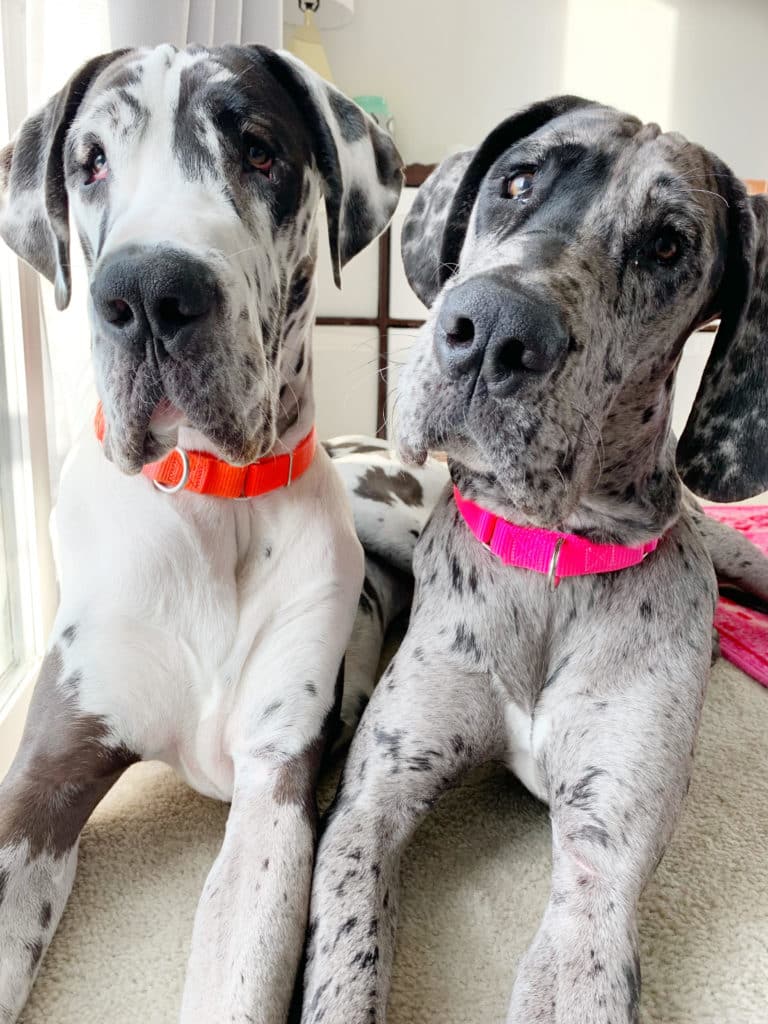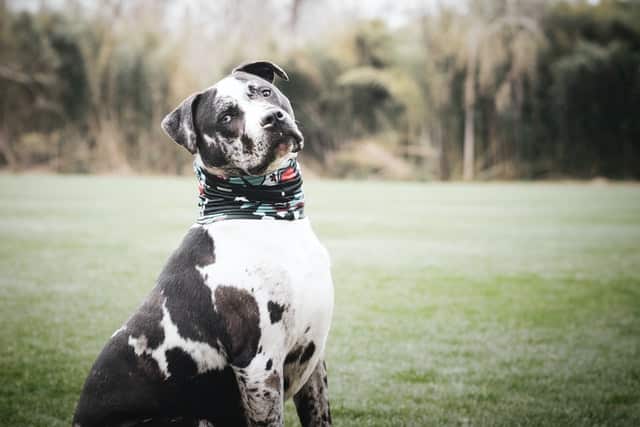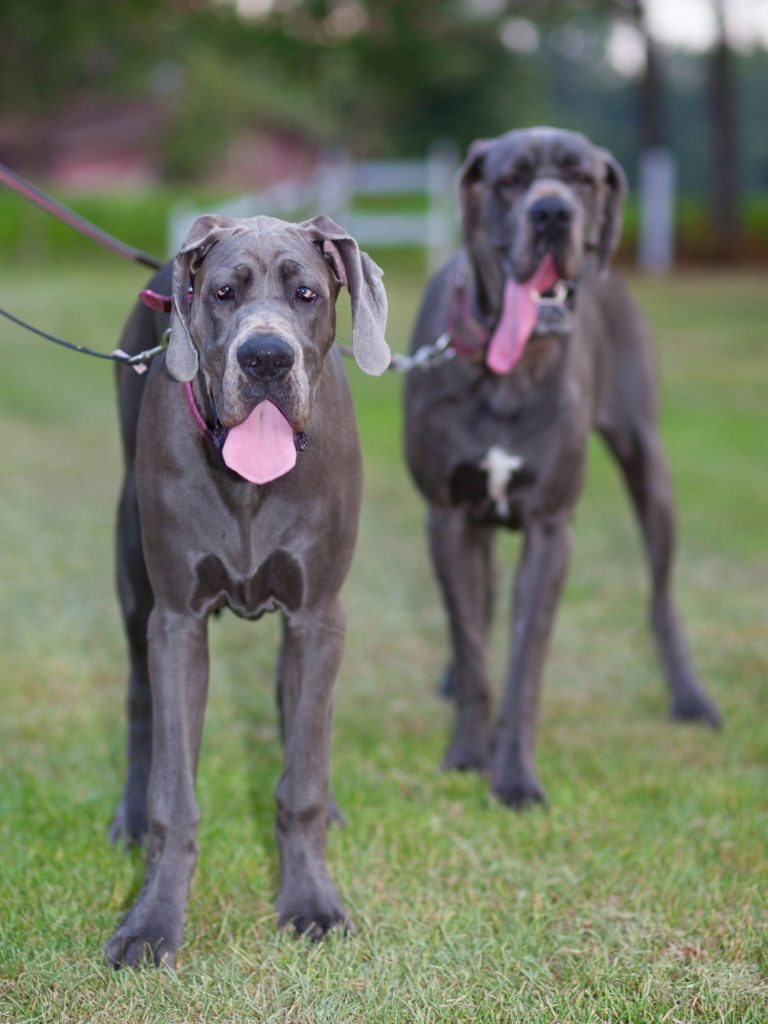The large and giant breed dog communities are a literal stew of opinions, advice and ideas.
Heavy-handed dog training, resting after meals, and ‘Euro’ dogs are just some of the common big dog myths that I want to cover today!
Come sort through the stew with us!
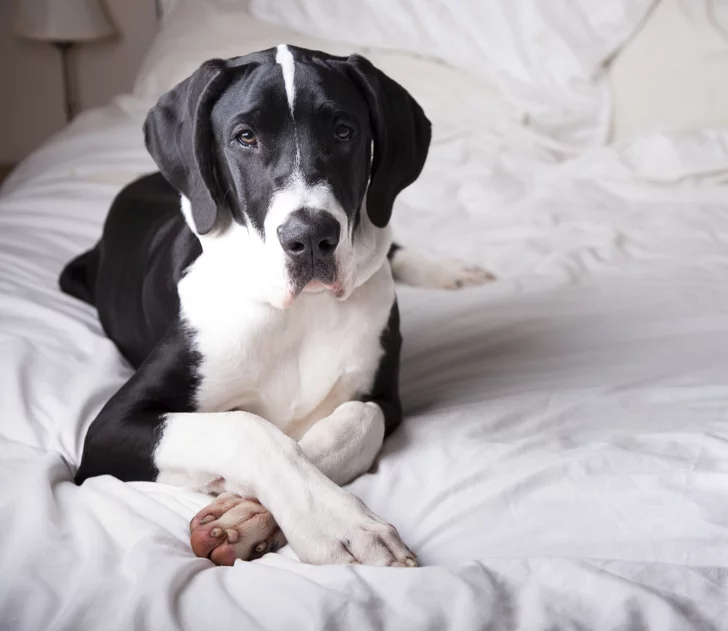
You Must Rest Your Big Dog Before & After Meals
You’ve definitely heard this one.
“You MUST rest your dog before and after meals so they don’t bloat!”
You and your dog may be looking at a schedule like this:
AM Walk
Rest
Food
Rest
PM Walk
Rest
Food
Rest
Bed
That’s a lot of um…shall we say, sitting?
Bloat is a painful, dangerous, and DEADLY condition that plagues large and giant breed dogs. Great Danes tend to be the most susceptible! Bloat is scary, and ‘preventatives’ make us feel better about it.
Let’s bust this myth. Studies have found absolutely NO correlation between BLOAT and EXERCISE!
Not only that, but most dogs who bloat do so while resting and on an empty stomach.
Bloat incidence has increased by 1500% in the last 30+ years, despite this common ‘advice’ to rest dogs before and after meals.
It’s time to let go of this old, unsubstantiated old wives’ tale. Rest your dog if it makes you feel better, but don’t encourage your dog to spend its entire life sitting around. If your dog is going to bloat, it won’t matter if they are moving or being a couch potato.
Don’t freak out. There are other science-backed ways to reduce bloat risk.
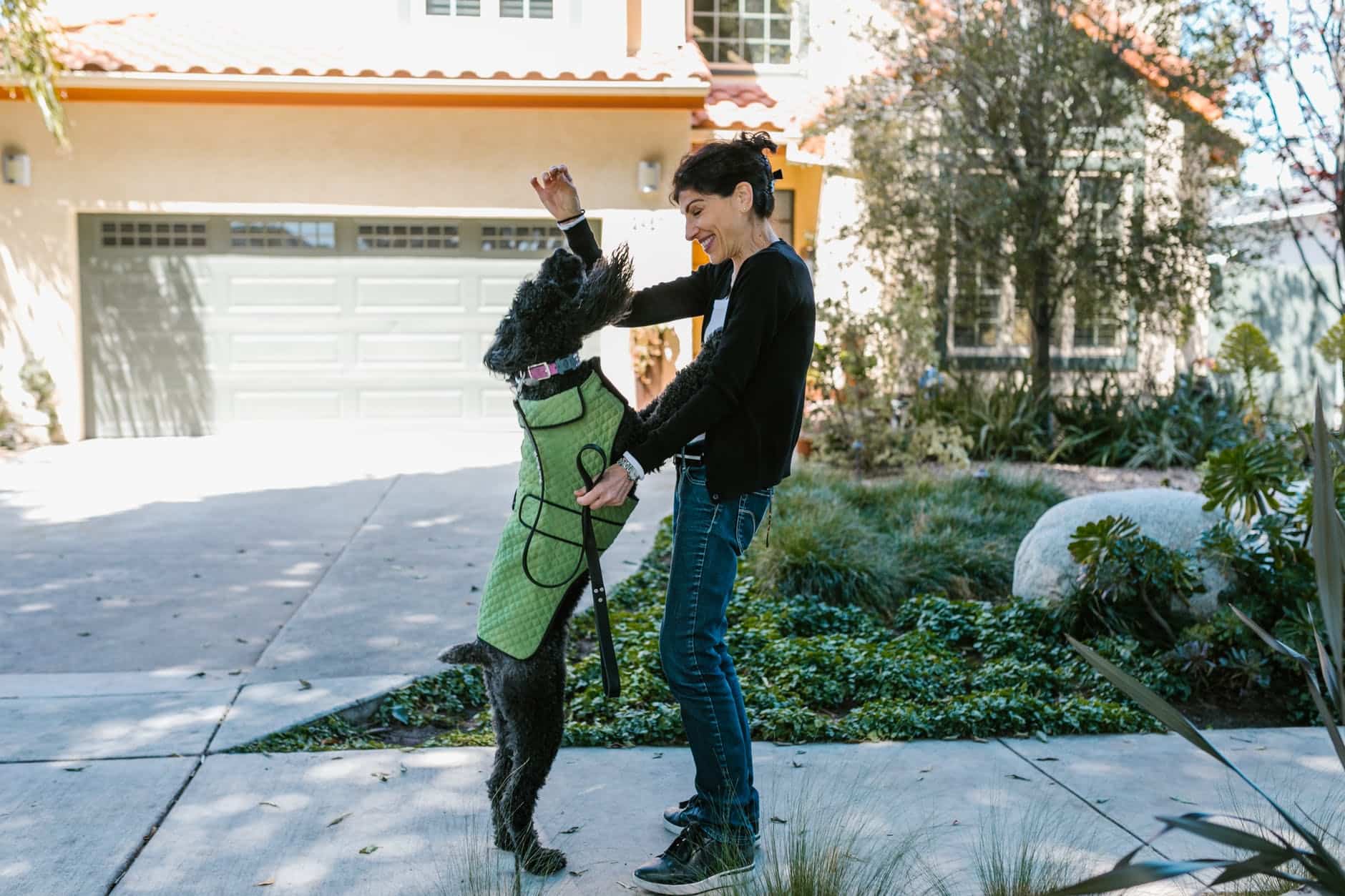
Big Dogs Have a Short Lifespan
You’re walking down the street with your Great Dane by your side when you are stopped by somebody gushing over how beautiful your dog is.
(Because it’s true, your dog is gorgeous).
Then she says “I just could never own one. They don’t live long”.
STOP. IT.
We are so over this myth. Sure, large and giant breed dogs are plagued by a number of health problems that shorten their life span…but it doesn’t mean that all large and giant breed dogs will be dead by age 7.
A solid majority of these dogs come from breeders who are NOT actively seeking to better the breed.
Minimal health testing, questionable pedigrees, and profit-driven practices are literally ruining these dogs and their genetics for generations to come.
If you want a robust, long-lived large or giant breed dog, choose an ethical, reputable breeder who is beyond diligent with the pedigree and actively seeks to eliminate common ‘early death’ problems.
This includes heart failure, bloat, fearful temperaments, poor structure, cancer, and arthritis which all have a genetic link.
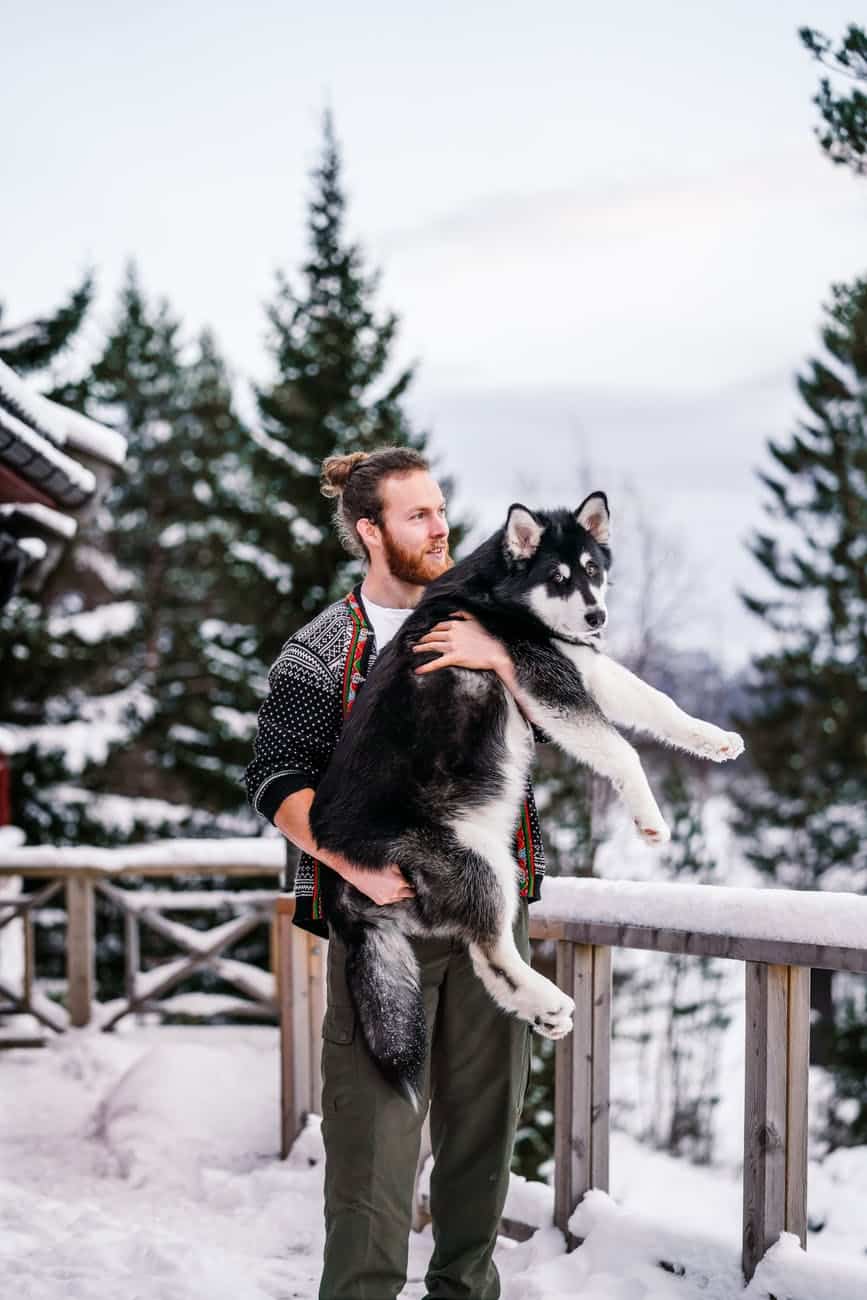
Everything ‘EURO’ Dogs
“He’s not overweight, he’s EURO”
Buckle up, this is a fun one!
Any dog being labeled as ‘EURO’ is a dog that is being labeled with an unregulated marketing term.
EURO does not necessarily mean ‘EUROPEAN’.
It’s important to note that actual well-bred European dogs are not, in fact, meant to be larger, stockier, or droopier than American dogs!
Each Country will have a written standard for its breed. When you compare the legitimate, real written standard for the breed from each individual Country, you will notice that the standards are nearly identical!
The ‘EURO’ term plagues Great Danes, Mastiff’s, Rottweilers, and Dobermans in particular.
EURO nearly always just means one thing: out of standard.
Droopy eyes, blocky heads, and stocky, oversized bodies are considered significant faults in the breed standard for Great Danes in both countries.
The appeal of a larger, beefier dog with an exotic title (‘Euro’) is popular and persistent, however.
It’s fine to wish for a slightly larger dog, but NEVER at the expense of the health, comfort, and robust and proven genetics of the breed.
Want to know more about the TRUTH behind ‘Euro’ dogs? Read HERE.
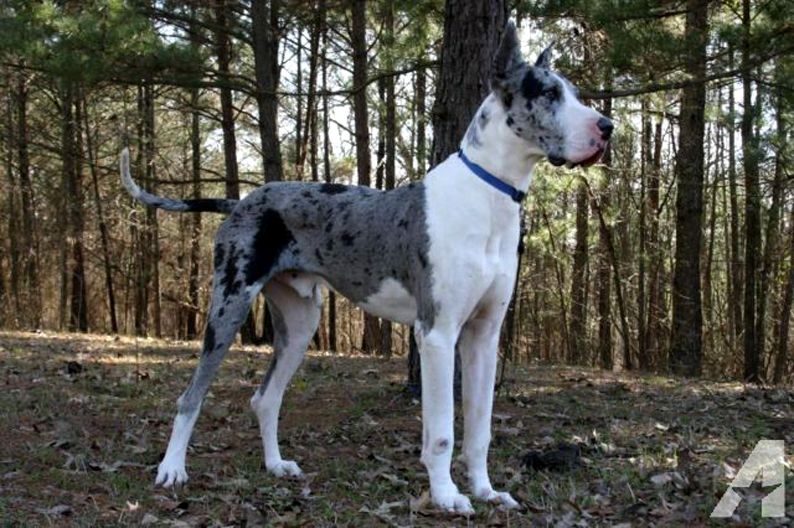
Giant Dogs need Heavy-Handed Training
Reality television has taught us that we need to ‘pSSHHhhTTT’, intimidate, pin down, and harshly correct dogs, especially when they are large or giant breeds like Great Dane or St. Bernard.
People believe that big dogs need bigger shock collars, bigger corrections, and more forceful training methods overall.
Big dogs CAN and WILL destroy your house and take you for a walk if you don’t train them. Small dogs can try, but they don’t have the mass to make it happen. That’s the only difference.
It’s NOT that big dogs are more stubborn or defiant! They are just…bigger.
Being bigger doesn’t justify the use of fear, pain, and harsh punitive training.
Training must start on day one. With large and giant breed dogs you definitely have to teach ‘off’, ‘heel’, ‘down’, and ‘come’. These things are easy to teach with positive reinforcement!
We recommend that owners consider taking a class with an AKC ‘Canine Good Citizen’ instructor to learn how to teach, guide (and yes, correct when appropriate) their large and giant breed dogs.
The reality here is that forceful, harsh training methods (including the incorrect use of E-Collars) can lead to fear, anxiety, and aggression.
Danes and other giant breed dogs are not dumb. They learn the same way that all other dogs do. Applying more ‘force’ just serves our egos, not the dog or the relationships we have with it.
This is one big dog myth we can put to rest, once and for all.
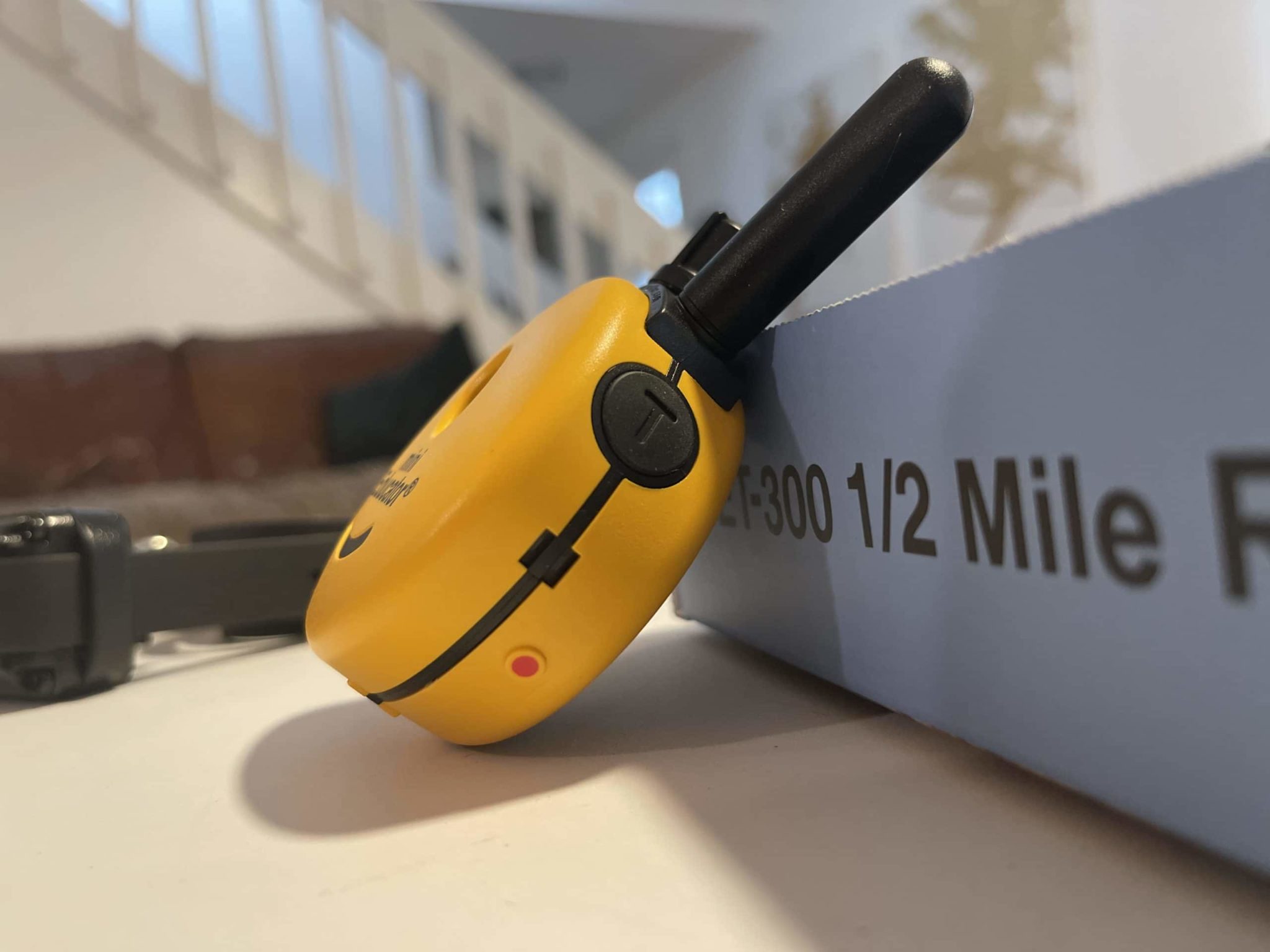
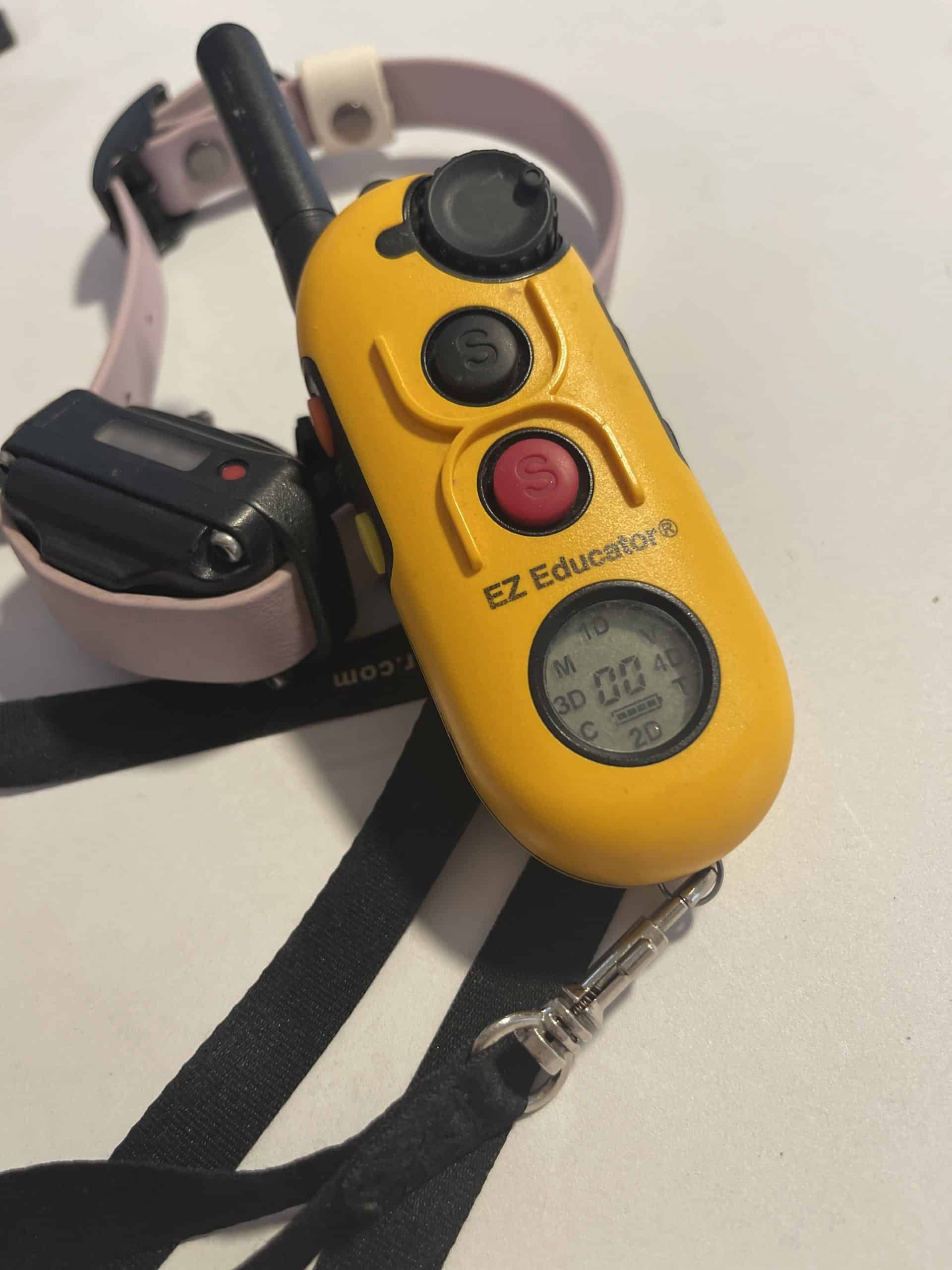
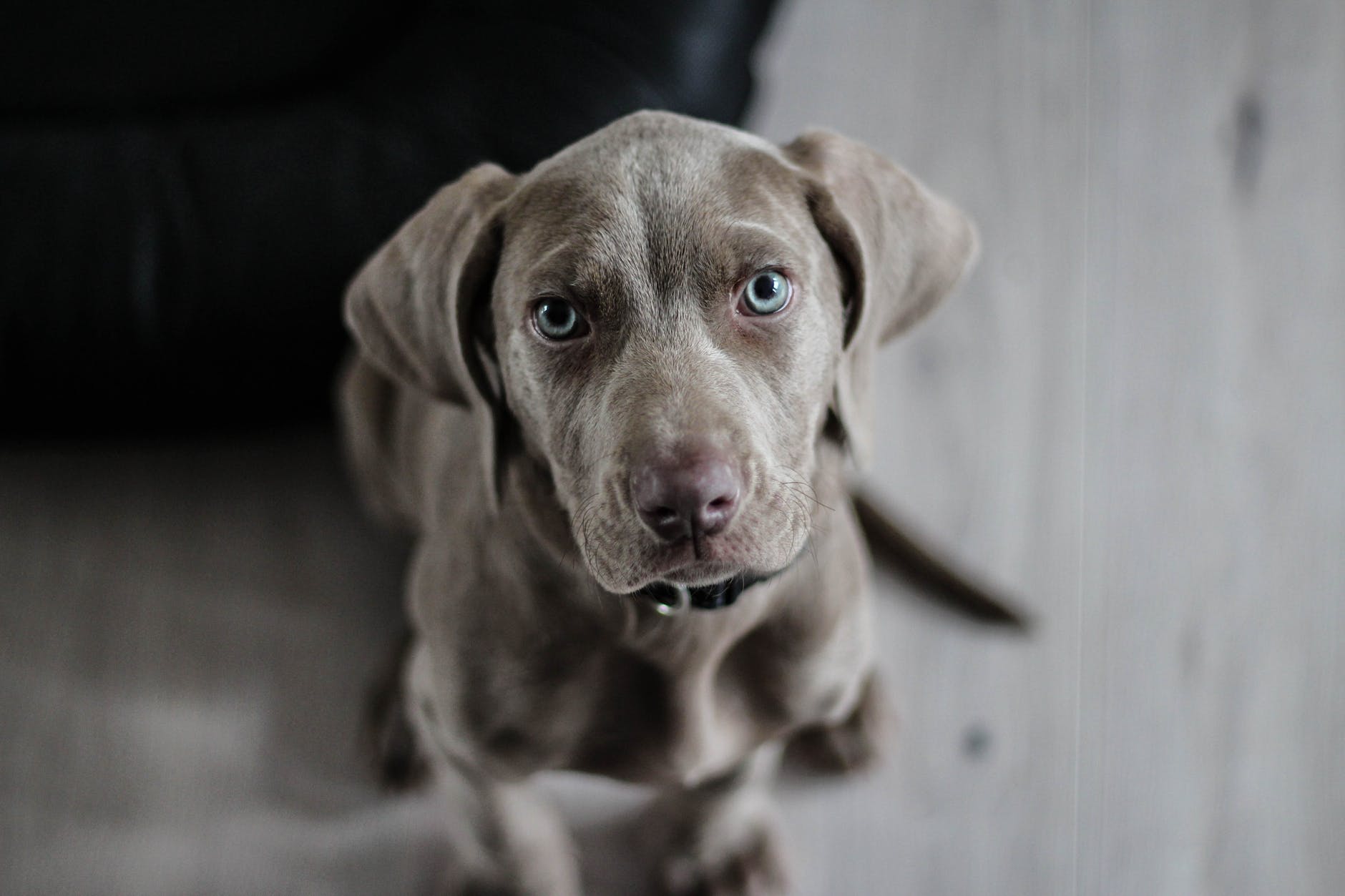
Adult Food Only, Never Puppy Food!
This common belief is rampant in the large and giant breed dog community.
For years, many giant breed dogs have been fed adult formula dry dog food from their first solid meal.
10+ years ago, this was acceptable and recommended because adult formulas were literally the only acceptable option for maintaining slow growth.
Thankfully, we have science, research, food trials, and updated large-breed puppy foods!
‘Adult food only’ is dated and dangerous advice for large and giant breed dogs. They should now be fed an appropriate, science-backed LARGE or GIANT breed PUPPY formula.
Make sure you choose a science-backed food brand. Boutique foods have not participated in the same level of diligent research and may not be correctly formulated for the growth of your large breed dog! For more information about choosing puppy food for your big dog, read here.
Knuckling, flat feet, low energy, HOD, or Panosteitis are just some of what you may experience if you choose the wrong food. Many large and giant breed dogs that are fed ‘adult food only’ will also struggle to develop lean, strong muscle and maintain an appropriate weight. Adult foods simply don’t have enough nutrition to support their growth.
We recommend:
- Purina Pro Plan Large Breed Puppy – any flavor!
- Purina Pro Plan Sensitive Skin & Stomach Large Breed puppy – TOP PICK, salmon-based
- Eukanuba Large Breed Puppy (Great for active and sporting dogs)
- Purina One Large Breed Puppy (Excellent budget option)
- Hill’s Science Diet Puppy Large Breed
- Royal Canin Giant Puppy Dry Dog food (to age 12 months) – TOP PICK, PREMIUM OPTION
- Royal Canin Giant Junior Dry Dog food (8-24 months)
- Purina Large Breed Puppy Chow
Check out THE GIANT DOG FOOD PROJECT to compare brands and values.
What other big dog myths can we bust for you?
Leave a comment below! We’d love to hear from you, or you can also join our helpful, friendly and open-minded community on Facebook.
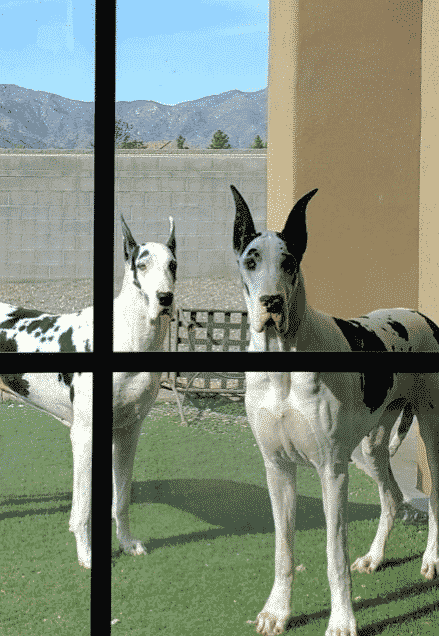
JOIN OUR COMMUNITY
Do you like modern positive+balanced off-leash dog training, science-based information, life with Danes, educated ownership and chatting with other like-minded people?
Join our growing Facebook group!

